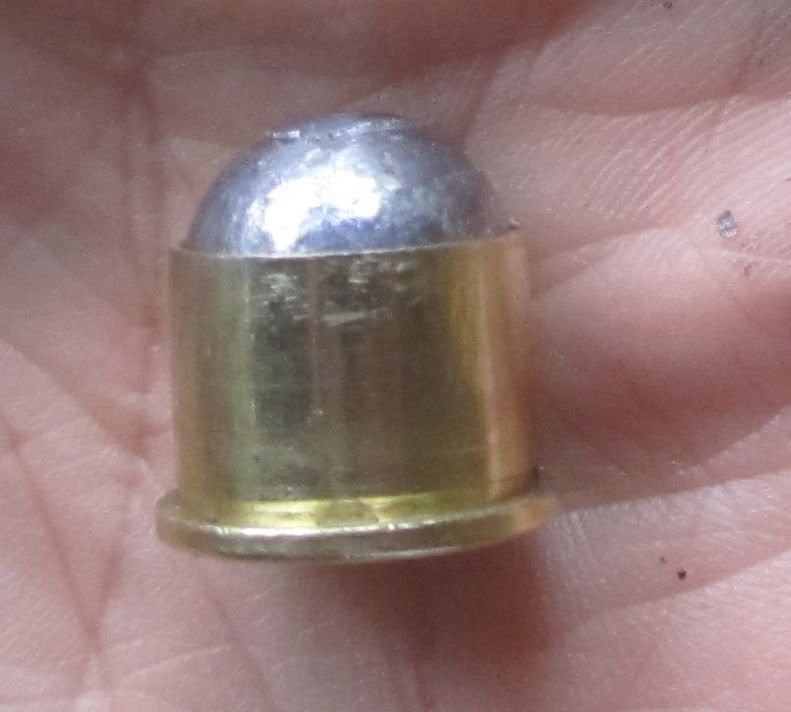Re: ballpark min. energy # for terminal performance?
A) I know I have hit an elk when I cause that animal in the herd to walk faster than the others.
B) Michelle Simpson was taken out with 5 foot pounds of energy to the throat.
C) I have been killing raccoons with loads so quiet they sound like a BB gun. Here is a pic of a 50 cal wildcat I developed.
I have found that 50 foot pounds will take out a 20 pound raccoon in 2 seconds with a body shot from the side. Going through the ribs is easy.
But the same load is no good for a frontal shot. I need much more energy to go through the shoulder from the front.
Yet 80 foot pounds from a 22LR hollow point has no effect from the side. That takes 5 shots, and the wounded animal rarely holds still for it.
So the large bore 50 foot pounds is 5 times better than the 80 foot pounds small bore.
If it were linear, we would say that 50 foot pounds = 400 foot pounds.
I suspect it is not linear.
D) I am getting clean kills with 130 gr Ballistic Tip 270 1800 fps terminal = 1000 foot pounds on deer. I just have to hit them from the side and get the lungs.
What does it all mean?
Energy is a piss poor measure of stopping power.


